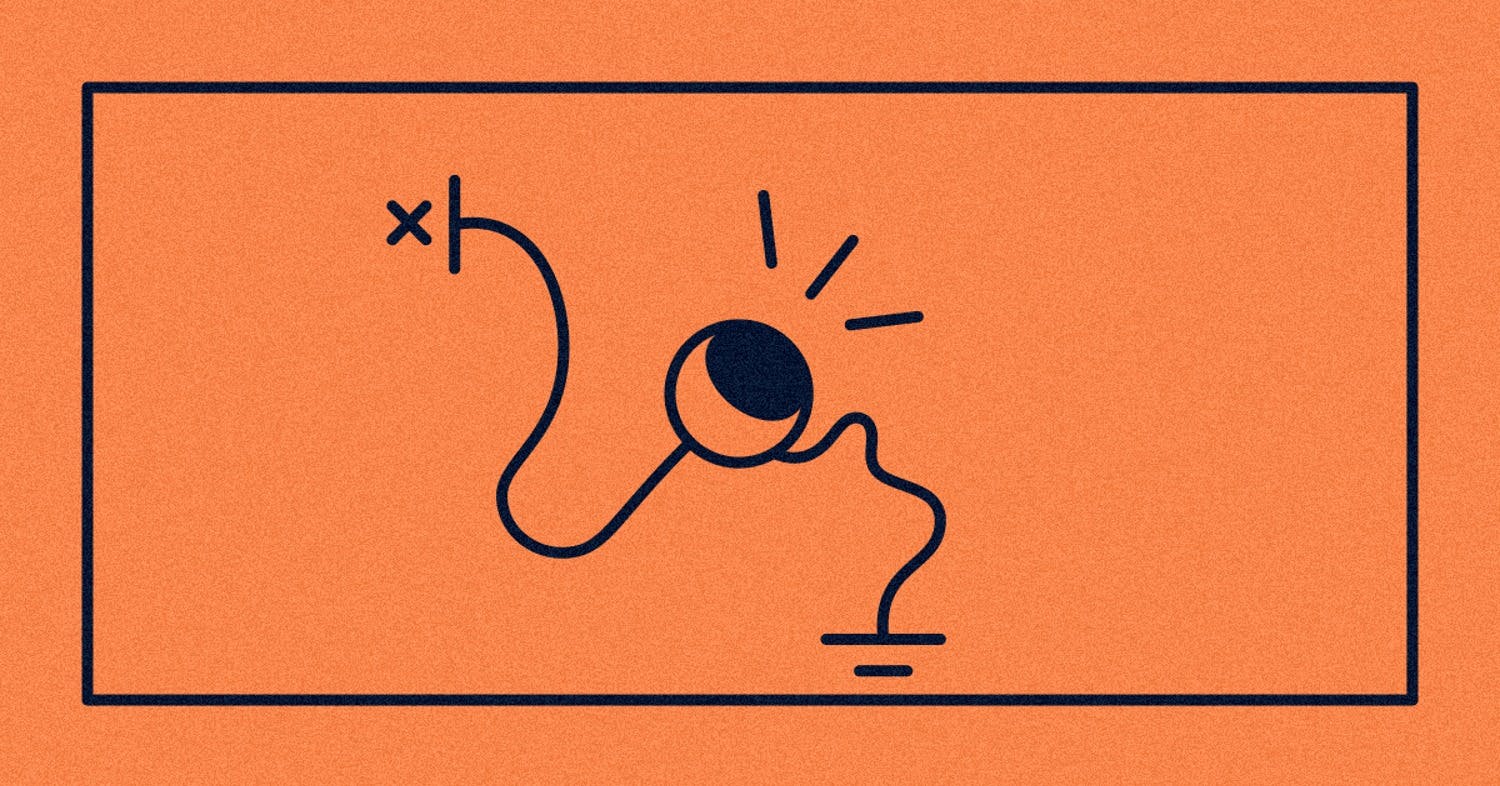
The NFT industry is a confusing place. Practically all of the popular projects in the space blur the line between artistry and investment, leading to a market so deeply construed of speculation, that it is hard to see where the true value lies. It is both an exciting and a terrifying off-shoot fo the crypto space.
Right now, people are still trying to figure out just how revolutionary NFTs are, and where exactly they fit in our society. Are they a genius invention, a dangerous and reckless tool, or perhaps both? How are these pieces of code going to affect our social fabric?
This article is going to focus specifically on Bored Apes, the most well-known and infamous NFT project depicting some of the most detailed yet deliberately cartoonish illustrations I’ve ever laid my eyes on. In particular, I will be focusing on an upcoming milestone on the project’s most recent roadmap– the Miami Clubhouse (IRL).
Little is known about what BAYC have in mind, but the general thinking is that the organization will be opening a physical location where people can gain entry (or perhaps get special perks) with their Bored Ape NFTs. It will be a place where Bored Ape owners can congregate, break bread, and socialize.
For all intents and purposes, we can assume this is a Third Place for these people.
Understanding Third Places
A third place is commonly defined as a location where you feel a sense of belonging other than your home and your place of work. Third places generally take the form of churches, after-school clubs, university societies, gyms, and pubs.
The sociologist, Ramon Oldenburg, and behavioural scientist, Dennis Brissett, have explained that third places are so important because they provide people with a “measure of their sense of wholeness and distinctiveness”, and added they “provide opportunities for important experiences and relationships”. In other words, they satiate people’s social needs in a way other places cannot.
Sadly however, Oldenburg and Brissett noted that third places have become more and more scarce in American life. They stated that:
“The range of available arenas for social participation has narrowed to the point that for many people life has come to offer a very restrictive two-stop
model of daily existence. The office… and the home, joined by the ordeal of commuting, tend to absorb people’s time and interest.”
Over time, the third place has been eroded. The two-stop model, as they call it, has entirely taken over, with most people flitting between work and home and rarely straying to another location for long enough to call it a place of belonging.
The reasons for such a disappearance are hard to pinpoint, but I am willing to argue it is largely a symptom of economic changes. Working-class individuals are not able to take as much time to rest as they used to, as inflation keeps increasing while wages stagnate, leaving them to fill their free time up with more work. When they are finally out of work, they are left with less disposable cash than their ancestors, so they have less interest in being sociable in places like pubs or coffee shops (or even churches where donations are encouraged). I’d argue, too, that this has affected the middle-classes, as they are often also economically struggling, but in less obvious ways than the working-class.
Oldenburg and Brissett suggest that some of this erosion comes from negative media representation, where third places were often viewed as escapist tools people would frequent so they could get away from their lives. Films and TV shows often describe third places as locations where people are mischievous and unbecoming, often shirking their familial responsibilities and trying to forget their stressful work lives.
But this is an unfair representation, as third places are primarily used as a means of filling a social hole that family and work simply cannot. Most things that happen in third places are innocent, as people are there primarily for gaining more depth and reach within their social circles. They are better understood as “enabling” people to engage in work and home better, as they help to orient individuals “to make deliberate use of their society in accordance with their own purposes”, rather than a form of escapism. Essentially, they help people to frame their lives and gain perspective.
It is hard to explain what exactly makes third places so significant, as I have never actually belonged to one myself, so I cannot provide you with personal examples or anecdotes. But I do not need to belong to one to understand what sounds appealing about them. I certainly felt the urge to enter third places when I was at university, joining a handful of societies purely to make friends. However, everybody seemed stressed and awkward (myself included), and they never managed to feel like a truly connected place I could flourish within.
The BAYC Miami Clubhouse
With this in mind, let’s take a look at the upcoming clubhouse in Miami that the Bored Ape Yayct Club is building. As said before, there is very little info available right now, but we can take a strong guess that Ape owners will either be granted exclusive access or exclusive perks.
One thing that’s for certain is that this clubhouse is being designed to be a third-place designed specifically for these Bored Ape owners, built to make them feel socially comfortable. The clubhouse is in the perfect position to create a space where these NFT owners can congregate and feel a sense of wholeness and belonging. This is because, not only will the place (probably) be designed to reflect these NFTs, but the inherent exclusivity oozing from the place will appeal to the types of individuals who enjoy Bored Apes.
Now, the first official mention of the clubhouse was made on September 21st 2021, the date when the updated roadmap was released. By that time, Bored Apes had already been doing well commercially, with the cheapest Ape being priced at $238,829.00 (or 74 ETH). It is hard to say whether the announcement of the clubhouse has helped with sales, but from looking at Twitter activity, members of the BAYC all seem very excited by this. And I mean, VERY excited.
Despite the clubhouse being somewhat buried in the illustration of the roadmap, it has still managed to capture the imagination of its userbase. Arguably, it is more popular than some of BAYC’s other, more money-oriented, plans for the future.
Impoverished Social Experiences
It is not hard to understand what makes the clubhouse such an enticing prospect. People want a place where they can calmly and mutually connect with others who share common interests. There is nothing wrong with this at all. The issue, however, arises when we come to realise that this desire for the clubhouse is being fueled almost entirely by people’s already impoverished and shriveled social lives. The clubhouse is only appealing as a third place to people who do not already have their own third place. Otherwise, their social needs would mostly be satiated.
Modern living has conditioned people into limiting their own social spaces to the point where connectivity can only be justified if there is an economic factor involved. Remember, this is not some free-to-enter third place, but rather a gateway with a minimum $270,000 admission fee. Part of the appeal is not only that the place will be designed to appeal to Bored Ape owners, or even the exclusivity. The appeal also comes from how it puts the cost of these NFTs to use. It is a return on investment, but even better, the cost gives users good reason to go out of their way to congregate with others.
It gives them a pass to make friends.
If it is not clear yet, this is a deeply fraught and damning take on Western living. But it’s about to get so, so much worse.
The Upcoming Clubhouse Economy
As more details get revealed about the BAYC clubhouse in Miami, expect to see more people buying these NFTs specifically so they can enter this space. People are going to spend a minimum of six figures so they can simply call this location their own. Most people’s social landscapes are so empty and barren that they can easily justify the cost if it means they can reignite their lives. Depending on a person’s loneliness, this may even be a small price to pay for the promise it suggests.
Expect exclusive physical spaces to become the norm in the NFT world. I believe this is far from the first clubhouse we will see in the industry. Not only do physical spaces encourage people to hold onto their NFTs indefinitely, but they inspire the minds of lonely individuals who crave the connectivity we all deserve. Bear in mind, for the prices they go at, most blue-chip NFTs match luxury fashion houses, which have been shown to retain their customer base and stir attraction by offering exclusive experiences.
Final Words
The BAYC clubhouse is exciting for all the reasons that make it depressing. Realistically, nobody should need such a space like this to exist, as we should all have our own personalized third places, yet the fact it is gaining such traction is a sign the West is definitely socially deficient. Keep an eye out for how this becomes an unfortunate trendsetter in the industry, instigating other NFT projects to do the same.
